By Eric Niderost
Frederick Barbarossa, Emperor of the Romans and one of the great rulers of the Middle Ages, was in the midst of a battle that might determine the fate of Northern Italy. It was Saturday, May 29, 1176, and his Imperial forces were grappling with the Lombard League coalition of Italian towns, really city-states, that stubbornly refused to acknowledge him as feudal overlord. The fighting was near a place called Legnano, 15 miles from Milan, and had raged for nearly nine hours, not counting brief pauses to reform and attack again. Milan, the prosperous merchant emporium on the Po River, along with Venice, led the anti-Imperial coalition.
Frederick was an experienced warrior, a legend in his own time, and he could clearly discern a pattern emerging amidst the sanguinary chaos. The League cavalry had been routed early in the battle, but the League infantry, which was composed of municipal knights and citizen-soldier levies, was resisting stubbornly before eventually giving way. Frederick decided to attack the Carroccio, a giant ox-drawn cart bearing Milan’s standard.
But taking the Carroccio would not be an easy task. It was defended by an elite group of bodyguards that were pledged never to let their sacred wagon fall into enemy hands. They were sure to fight to the death, because the loss of a Carroccio was a shame that Milan could not bear. It would be a colossal disgrace that would last for a generation.
With his sword raised high, Frederick dug spurs into his mount, and the animal responded by springing forward with a hoof-pounding gallop. The emperor was closely followed by his Imperial standard bearer and all the German knights that could be mustered. They constituted a thundering wave of steel and horseflesh that seemed unstoppable. The scene soon dissolved into utter chaos as Frederick and his knights mingled with the Lombard horse and foot. The Milanese foot soldiers resisted bravely, but it looked as if the Carroccio might be in Imperial hands within minutes.
But then fate intervened. Frederick’s mount was suddenly hit by a powerful blow, quite probably a pike thrust, and the mortally wounded animal fell heavily to the ground, unhorsing its master. Already wounded, though in the anesthesia of battle he did not realize it yet, Frederick was stunned and momentarily unable to move. He could only watch helplessly as his horse entered its death throes, kicking and flailing the air as blood poured out of the wound.
Frederick was alive but still in grave danger. An unhorsed knight automatically lost all the advantages of speed and maneuverability that made him king of medieval battlefields. But would the Lombard’s recognize their enemy? We do not know if he was wearing a surcoat; but if he was, the prominent yellow tunic emblazoned with a black eagle would identify him as Holy Roman Emperor. If he was not, his reddish blond beard would also make him a marked man. Indeed, his fiery beard gave him the title Barbarossa, meaning red beard, a name that sticks to him to this day.
The emperor was down, and the tide seemed to be turning in the Lombard League’s favor. But there was still time to retrieve the situation. If he could clear his senses and get another mount, he might yet rally his men and snatch victory from the jaws of defeat. Frederick had invested years of effort in four previous campaigns to subdue northern Italy. The fate of his Italian adventure hung in the balance; it was now or never.
The roots of this conflict can be traced to the era of Charlemagne, roughly 350 years earlier. Charlemagne had been crowned Emperor of the Romans, of what would later become the Holy Roman Empire. He was a Germanic prince who managed to conquer Lombardy and add its fabled Iron Crown to his regalia. But trade revived in the next centuries, and the so-called Dark Ages eventually gave way to a period of increasing prosperity. The towns of northern Italy evolved into powerful city-states whose main occupation was commerce and profit, not feudal obligations to a distant ruler who was alien in language, culture, and motivations. In the 11th century, the northern Italian city-states were born, and they began pushing back against the Holy Roman Emperors.
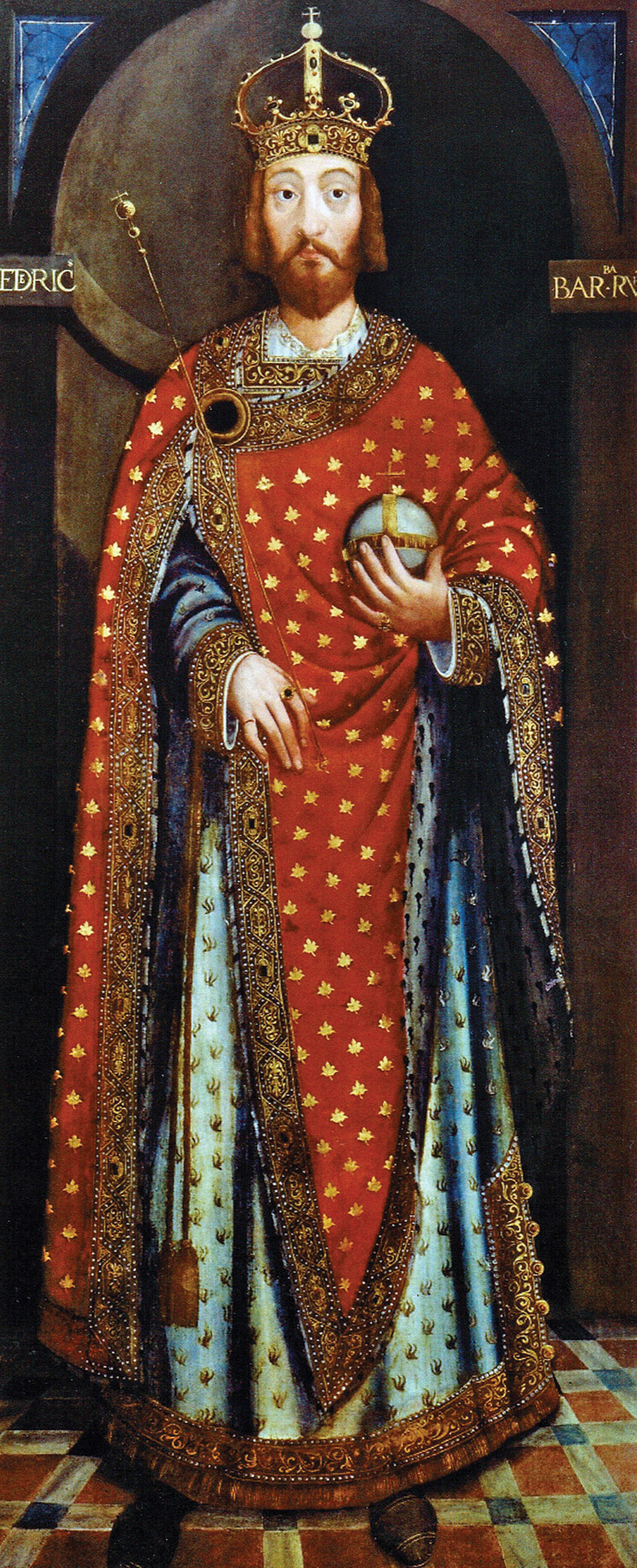
In the 18th century, the French philosopher and historian Voltaire declared that the Holy Roman Empire was “neither Holy, nor Roman, nor an Empire.” There’s much truth in his assertion. Nation states did not exist in Frederick Barbarossa’s time, but Germany was more politically fragmented than most. Germany, and to a considerable extent Italy, were only geographical expressions, not viable nation states in the modern sense.
Germany consisted of a bewildering array of mini-states, a political patchwork quilt ruled by ecclesiastical and secular princes who held sway over territories large and small. The Holy Roman Emperor was elected by the most powerful of these German magnates and given the title “King of the Romans;” in effect he was King of Germany, though the latter title was rarely used. In theory at least, the newly crowned King of the Romans would journey to Rome to be anointed as full-fledged emperor.
Frederick I was a member of the powerful Hohenstaufen family, and his uncle was Emperor Conrad III. Frederick was elected King of Germany in 1152, and three years later managed to receive the imperial crown from Pope Adrian IV. Conrad had been weak and indecisive, preferring to keep his possessions south of the Alps at arm’s length. The Italian city-states enjoyed a complete autonomy under Conrad’s nominal rule, and probably gave little thought and less attention to his nephew’s rise to the imperial purple. In the short run that was going to prove to be a grave mistake.
The new emperor was courageous, reasonably intelligent, a decent administrator, and a good soldier. Despite the mythology that grew in later times, he was not the paragon of Germanic virtue as later legends would have it. Frederick had a violent temper and a cruel streak, especially if he thought his honor was involved; unfortunately, that honor insisted on having his perceived subjects utterly loyal and obedient.
Frederick’s first order of business was to pacify his German territories, with knights and princelings all too often engaged in petty and sometimes violent quarrels. He succeeded in ending civil strife, and even the greater magnates of the realm, men such as Henry the Lion, Duke of Saxony and Bavaria, were at least temporarily mollified. Once his heartlands were secure, Frederick turned his eyes southward, toward the teeming fields and prosperous towns of Italy.
The emperor was illiterate, though he probably understood some Latin, the lingua franca of the period, and he wanted to be Roman emperor in fact as well as in name. Bologna had law schools that were avidly studying ancient Roman law, especially the codified versions that developed under Byzantine Emperor Justinian in the 6th century. These codes told of so-called regalian rights; that is, traditional rights that ancient Roman emperors such as Caesar Augustus had over their lands, such as appointing officials and the raising of taxes.
In Frederick’s mind, he was no tyrant, just an Emperor who sought to restore ancient rights and privileges his ancient predecessors, men like Augustus or Marcus Aurelius, once enjoyed. There was no middle ground in Frederick’s world: a city either obeyed or faced a harsh and terrible punishment. In order to enforce his rule, Frederick would conduct no less than five campaigns in Italy, with the last effort ending in the clash at Legnano.
The first campaign was a modest one, a relatively small affair that began in 1154 and involved an army of 1,800 imperial troops. He brought a restive Milan to heel but did not attack the city itself. After pacifying the countryside, he proceeded to Rome, where he was crowned emperor. This solemn occasion was marred by bloodshed in the streets. When the Romans rioted, Frederick unleashed his soldiers without hesitation. Approximately 1,000 Romans were slaughtered in the bloody affair.
The second campaign began in June 1158 and once again it involved Milan and its allies. When Frederick had defeated Milan, he took some of its newly acquired territory. Frederick then held an Imperial Council at Roncaglia, where he literally and figuratively laid down the law to the Italian cities. The emperor made it crystal clear that he was master of Italy. Because he had prevailed in war against them, the restive cities had no choice but to accept his heavy yoke of taxes.
But the municipalities did not like what they heard and rebelled once again against imperial power. Frederick was determined at that point to teach the Italians lessons he hoped they would never forget. The second phase of the second campaign lasted a few years and showed Frederick at his most ruthless. He besieged Crema, a Milanese ally, but made little headway because the city had stout double walls, moats, and was surrounded by marshy ground.
Frederick resorted to executing prisoners, and also tied captives to his siege engines. Crema fell in six months. The emperor allowed 20,000 survivors of the siege to depart before ordering the city sacked and razed to the ground. Frederick then turned his attention to Milan. He besieged the city, and the Milanese surrendered. The city burghers begged on their knees for the emperor to spare their great city; however, their pitiful entreaties fell on deaf ears. The entire population was expelled, and the city razed to the ground.
Fresh from his string of triumphs, Frederick imposed harsh new rules on the seemingly chastened Italian cities. The emperor installed podestas, which were imperial magistrates, in each Italian city to enforce imperial decrees and collect taxes. Most of the podestas were German knights. The northern Italians found them illiterate, rapacious, and crude. Their heavy-handed attempts to collect Frederick’s higher tax rates won him few friends.
Frederick’s overall attempts to restore Imperial authority in northern Italy proved ephemeral at best. His brutal tactics did not cow the population in any way, but instead kindled a growing spirit of resistance to Imperial rule. Milan, the perpetual thorn in Frederick’s side, was rebuilt and reoccupied. Within a decade of its destruction, Milan once again was a prosperous merchant town and a leading force in budding anti-imperial coalition.
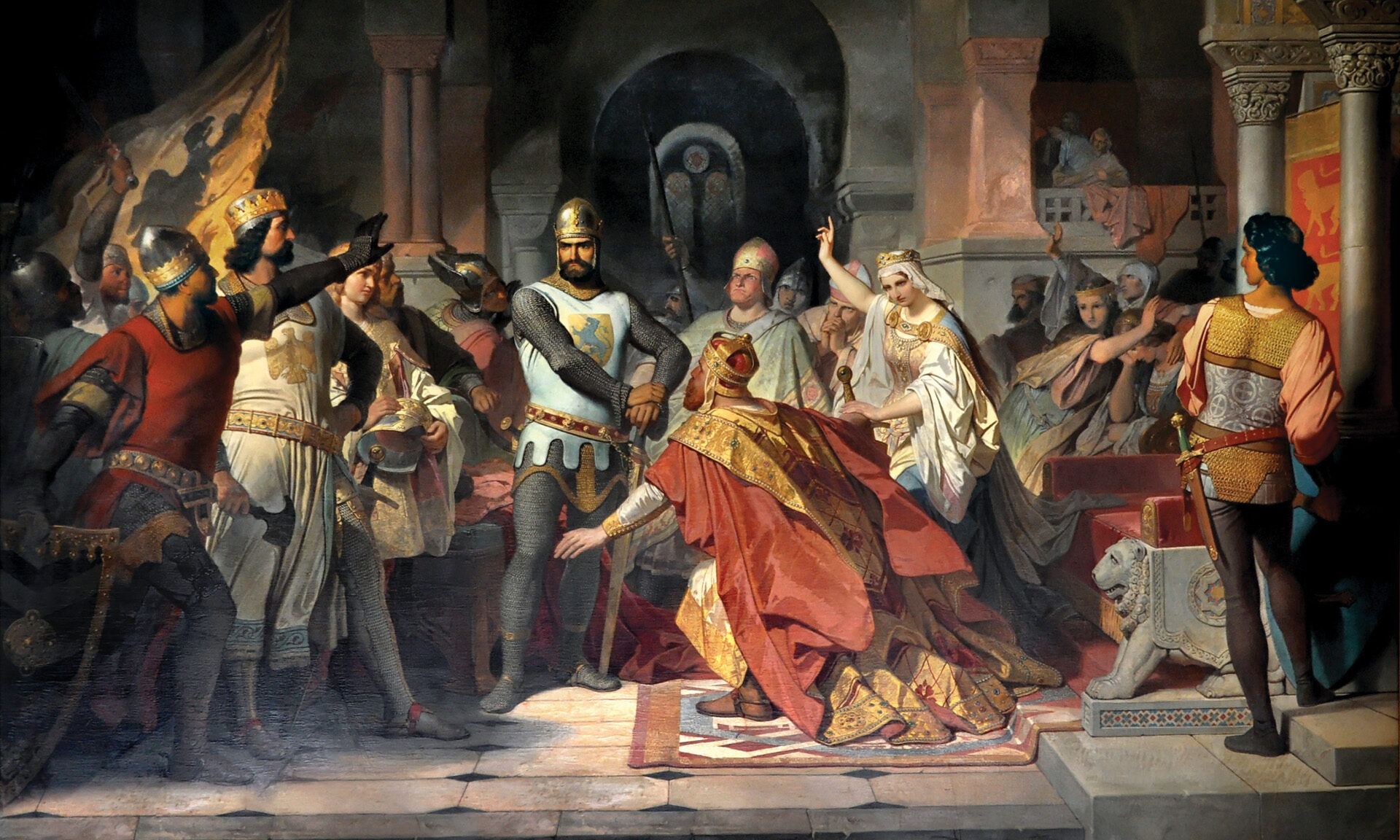
Not surprisingly, the northern Italians rose up, and once again Frederick led an army south to quell the rebellion. This time his campaign proved something of a fiasco that in the end proved barren of results. Checked, if not checkmated, by Lombard forces, Frederick became weary of the stalemate and returned home to Germany. He was not giving up; rather, he was merely postponing the inevitable clash.
A few years earlier Frederick foolishly made himself an enemy of the papacy, which in the Middle Ages wielded great temporal as well as spiritual power. Pope Adrian IV had died and was replaced by Alexander III. Frederick sided instead with antipope Paschal III, who was the second antipope to challenge Alexander’s reign. Alexander feared the growing power of the Holy Roman Empire under such a strong and dynamic leader as Frederick, a concern that was not unfounded. For a time, Frederick had the upper hand, forcing Alexander into three-year exile in France that ended in 1165.
The controversy led to Fredrick launching a fourth campaign, but this time the target was the papacy, not the Lombard communes. Frederick did attack a few cities en route to Rome, but they were of secondary consideration. He easily occupied Rome, forcing the Pope into exile once again. But disease decimated the Imperial army, forcing Frederick to abandon the Eternal City and retreat north.
Frederick lingered for a time in northern Italy, perhaps wondering what to do next or, more likely, awaiting reinforcements. Whatever the reason, he returned to Germany in 1168, the issue of imperial supremacy in Italy still unresolved. But sooner or later there would be a final confrontation, a final reckoning, and both sides prepared accordingly.
The Lombard League expanded in 1167 to include 16 cities of various sizes. The core of the alliance consisted of Milan, Venice, Padua, Brescia, and Mantua. The core members of the league made hurried preparations for the clash that was sure to come. These cities often quarreled with one another, and were sometimes subject to fierce internal strife, class against class. The richer merchants and businessmen usually tried to maintain their status, even if it meant at the expense of the workers. Yet there was nothing like an outside enemy—and particularly a foreign one—to ensure a fragile but very real unity.
Milan’s preparations included a splendid Carroccio. Many cities had Carroccios, but Milan’s was described as one of the most noteworthy. A Carroccio performed multiple functions. One function was that it could be a podium for speeches where clergy or secular leaders could harangue and inspire the citizens. Another function was that it had an altar, where Catholic mass could be performed before a battle, and where soldiers could make their peace with the Almighty.
Milan’s Carroccio also was the symbolic heart of the city, the focus of patriotism and pride. It was beautifully decorated in city livery colors, which in Milan’s case was red and white, and also featured a prominent wooden crucifix and a pole that featured the municipal banner. The banner was a bright red cross on a white field. The red-and-white banner was associated with St. Ambrose, the patron saint of Milan.
The four-wheeled symbol of the city, the Carroccio was considered so precious its loss would be a catastrophic dishonor and disgrace. For that reason, it was guarded by a picked body of several hundred horsemen. There also was a “Company of Death,” a 300-man infantry unit, whose members swore they would sooner die than to let the sacred cart fall into enemy hands. Legend tells also of a “Knights of Death,” but modern historical studies have all but proven this particular body of men is a romantic myth.
The Milanese Carroccio might have been the city’s symbolic heart and soul, but the real defenders of the city were the soldiers of its army. The Army of Milan was composed of two categories, the milites and the pedites. The milites were knights who mostly hailed from the urban aristocracy. Some were more traditional, with their roots in the rural countryside, and their families had moved to the city sometime in the 11th century.
By contrast, the pedites were the new knights, men from the newly evolving and dominant merchant classes. They generally wore expensive mail armor; or at least, as expensive as their purse or their family’s purse could afford. To the casual observer there was little outward difference between an Italian municipal knight and a Norman knight who rode with William the Conqueror a century earlier. Plate armor was still far off in the future, and therefore mail armor ruled the day.
A typical Italian municipal knight would wear a hauberk, which was a mail shirt, over a padded jacked called a gambeson. Sometimes a richer knight would wear a robe underneath the armor, the lower half spilling out just below the hauberk in a colorful display that proclaimed the owner’s wealth and status. Helmets often were painted as well; paint complemented the robe and also protected against rust.
The helmets were generally a different shape from the ones that had been common a century before. Some were flat-topped, and the mail head covering, known as a coif, was attached to a mask-like steel covering. As an alternative, sometimes the mail coif itself would cover the lower portion of a knight’s face.
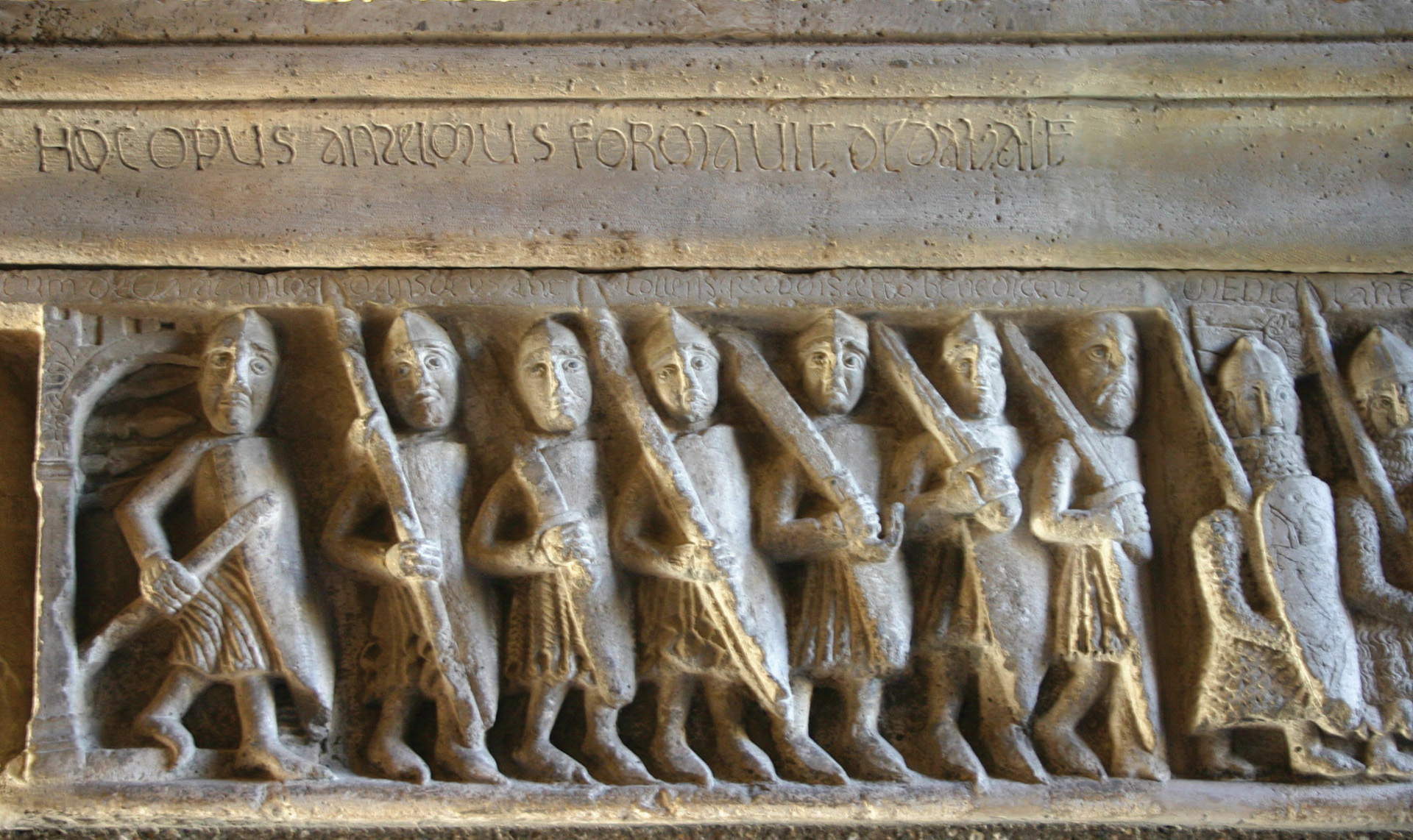
Milan and the other cities of the Lombard League alliance may have been wealthy, but their municipal knights were only a small portion of their urban societies. This was particularly true of Venice, the Serene Republic, whose wealth and power came from its maritime commerce. Since the knights made up a small portion of the urban population, the ranks had to be filled with others to make an army.
Luckily, the cities practiced a rough form of democracy, crude but effective. Men of all classes were considered citizens, and as citizen they all had at least some of the political rights that the wealthy enjoyed. But with rights also came civic responsibilities, and all able-bodied men were required to serve as soldiers when needed. Generally, all were more than willing to perform their civil duty, especially against such a hated foe as Barbarossa.
But how many men could a city muster? It is estimated that Milan, which had about 80,000 inhabitants in 1176, could raise an army of approximately 15,000 troops (3,000 knights and 12,000 infantry) should the need arise. Even one of the small cities in the Lombard League could probably field 1,000 men.
Even though they, too, were from merchant families and not professional warriors per se, the cavalry milites were probably good soldiers because they got a lot of practice. Italy’s city-states were a fractious bunch, always squabbling with each other, and small wars occurred with great frequency in Lombardy. By contrast, the infantry militia were mainly working-class artisans, men who were stonemasons, weavers, and other craftsmen who had jobs to do and were only called out when absolutely necessary.
By the same token, these militiamen were no armed rabble. Training exercises usually were conducted right after Sunday church services, and the men were drilled by veterans who had seen battle. For the pending clash with Frederick Barbarossa, the Milanese were drilling with pikes in formations very similar in concept to the ancient Greek and Macedonian phalanx. Military leadership was provided by Guido da Landriano, a Milanese politician who was also an experienced soldier.
A municipal foot soldier’s equipment was far less elaborate and very much in keeping with his lower station in medieval society. The better-off militiaman might have an old-fashioned helmet with a projection from the helmet that covered the nose, as well as a shield. He might wield a sword or dagger, and if he were a member of the pike formation, he would be well versed in using a pike.
Frederick’s imperial army was composed largely of knights, mounted warriors hailing from all parts of the Germanic empire. Each German princeling would be required to provide a certain number of knights to add to the imperial ranks. Barbarossa insisted that the ruler of each of these territories send him actual men. In the past they would be left off the hook if they rendered cash payment in lieu of service. The imperial treasury always seemed to need funds, but Frederick was smart enough to know that in this particular campaign trained knights would be a vital ingredient for victory.
Imperial infantry were not highly regarded since the mounted knight still ruled the battlefield. In general, the infantry were retainers that owed their lord service. They also were generally poorly equipped. There were also mercenaries, professional soldiers for hire, who were very well equipped and battle-hardened. The emperor used Brabantines for the most part. They were tough and able soldiers who hailed from the Landgraviate of Brabant, which is now part of modern Belgium.
Frederick’s fifth descent into Italy began in 1174. A few years earlier the Lombard League had founded a new city which they named Alessandria after Pope Alexander III, who was the emperor’s inveterate foe. It was an open insult to Frederick, and he was determined to take it and possibly even destroy it, but the emperor knew his main objective was to defeat the League army. If he could achieve a notable victory, the rebellions cities would have no choice but to accept him as their lord and master.
Frederick besieged Alessandria, but its defenses proved stronger than he anticipated. He withdrew to Pavia, one of the few Italian cities that supported his cause, and entered negotiations with the Lombard League. When the negotiations proved unsuccessful, Frederick prepared for the second round of his campaign.
The emperor realized he needed more men if he had any hope of crushing the Lombard League. In theory, that meant ordering his vassal lords to come to his aid, but in reality there would be intense negotiating before he could achieve his goals. He met with the magnates and princelings of his empire at Chiavenna, which was 80 miles north of Milan, between January and February 1176. His cousin Henry the Lion proved the hardest nut to crack. The headstrong Duke of Saxony and Bavaria adamantly refused to send troops to Frederick’s campaign.
Desperate for more men, Frederick had other resources to fall back on, including his wife Beatrice of Burgundy. The High Middle Ages was a time when churchmen wielded substantial political power. Rainald of Dassel and Wichmann von Seeburg, who were the Catholic archbishops of Cologne and Magdeburg, respectively, also mustered troops. The emperor then journeyed 20 miles south to Bellinzona, to await the reinforcements.
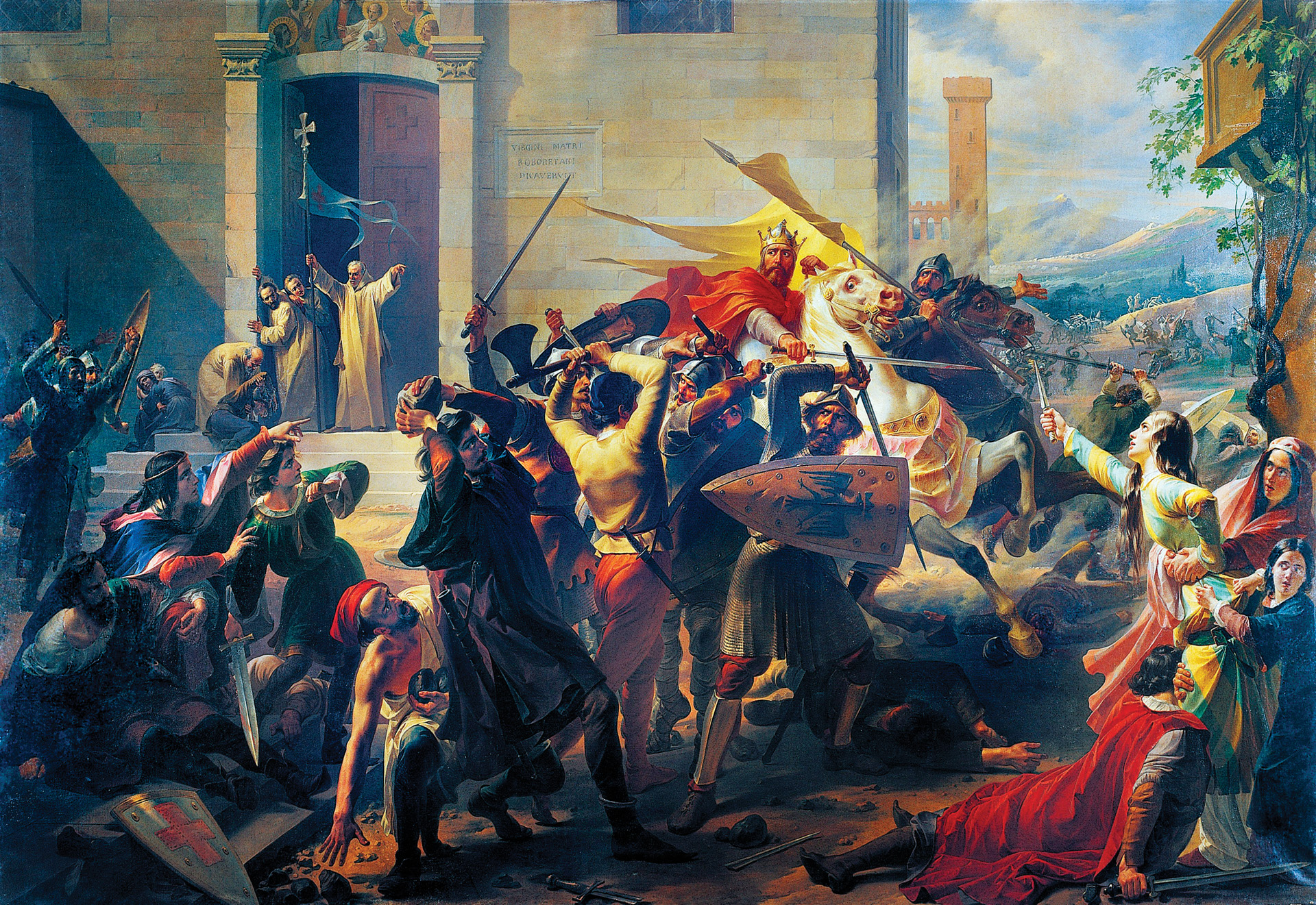
The promised troops did trickle in, but Frederick was disappointed to see that they only numbered at most 3,000 men. Frederick knew that number was insufficient to crush the Lombard opposition. The emperor then marched to Pavia, one of the Italian cities that was still loyal to him, to gather as many pro-Imperial Italian militia as possible to increase the size of his army.
The emperor knew he had to march through hostile territory to reach Pavia, but the area was thick with extensive green carpets of forest. He was reasonably certain he could get through to his ally city without being detected by the Lombard foe. He might have been right; except he forgot that war and momentous events are sometimes determined by sheer chance.
The Lombard League army was on the move and spoiling for a fight. Sources are conflicted as to the size of the Lombard army. In most Italian cities mounted military service was compulsory for the wealthiest male citizens. The rest of the males served in well-trained urban militias. The league likely fielded 15,000 men, of which 3,000 were knights. The vast majority were foot soldiers, both urban workers and peasants. Frederick regarded the Italian foot soldiers as rabble. Events would prove that at least some of them were made of much sterner stuff.
A large patrol of Lombard cavalry surprised 300 imperial knights, the vanguard of Frederick’s army, three miles outside of the fortified town of Legnano. The 700 Lombard knights were delighted because it was obvious their enemy was outnumbered and still reeling from the shock and surprise. The Lombard knights broke into a gallop, and when the two sides met, the impact was terrible. The metallic ring of sword clanging against sword and sword against shield mixed with the screams of the wounded and the cries of sheer battle ecstasy to produce a cacophony the survivors of the clash would never soon forget.
In close combat involving large bodies of men-at-arms there was little room for any kind of fancy maneuvers or impressive swordsmanship. Each individual parried and thrust, hammering away at his opponent while his opponent hammered away at him. If your opponent exposed a vital spot, you took advantage of it, while making sure your sword blow did not inadvertently expose a weakness that he, or perhaps a nearby companion, might exploit.
The Lombard cavalry gained the upper hand, and just when it seemed the Imperial cavalry might be routed, Frederick arrived at the scene with his main force. But the Lombard vanguard also had added support because at that point the Carroccio and the Lombard infantry appeared. Both sides paused briefly as they prepared themselves for the main battle.
Barbarossa began to rethink the situation. He considered withdrawing and awaiting reinforcements, but he believed he would lose face if he left, even if it were a tactical withdrawal and not a rout or retreat. Maintaining his prestige as emperor was paramount in his mind. Even though the full force of the Lombard League’s army was at hand, it did not frighten the emperor because he regarded their foot soldiers as undisciplined peasant rabble. In his mind, they were beneath contempt. He believed they would take to their heels at the first opportunity.
For a few brief moments it looked to Frederick that a battle was not even necessary. The Lombard infantrymen knelt down, and to Frederick it seemed as if this gesture was in token of submission. But Frederick misread their intention. Surrender was the last thing on their minds; they were really asking the Almighty for victory, against their detested Teutonic foe.
When Frederick realized he had misread their intention, his hope for an easy victory evaporated. He then launched a determined attack on the Lombard cavalry. Once again, the clash was horrific, but this time the Germans had the upper hand and the Lombard knights were routed, or at least so it seemed.
Battered and seemingly demoralized, the Lombard knights fled the field. Buoyed by his partial victory, Frederick turned his attention to the Lombard infantry. They were drawn up in phalanx-like formations, with a forest of pikes pointing towards the enemy. The hedgehog formations wavered, and some broke. Once the cohesion was lost, and the solid masses of pikemen dissolved into individuals trying to flee the scene, the Lombard foot soldiers were easy prey for the rampaging mounted knights. Long and unwieldy, the pikes were not designed for personal defense, and probably many were discarded by fleeing Lombards.
It was about this time that Frederick set his sights on capturing the Carroccio. He knew its importance as the very symbol of Milan. Its capture would be a psychological blow to its people, an event so catastrophic the Milanese would probably admit defeat and sue for peace. He could see that the Lombard pike formations already were gathering around the Carroccio. The Milanese braced themselves for a last-ditch defense against Fredrick and his seemingly triumphant knights.
Frederick personally led the imperial knights forward. Although their swords were blood-stained and their horses winded from constant exertions, the imperial knights were probably confident of victory. Who could stand against professional warriors like the imperial German knights? But the Carroccio defenders were made of sterner stuff. As the knights approached, the pikemen stood their ground. They set their shields close and held their pikes firm. The expected clash did not really take place, because as the mounted German knights approached the prickly forest of lowered pikes, their horses slowed and refused to try and break the wooden wall.
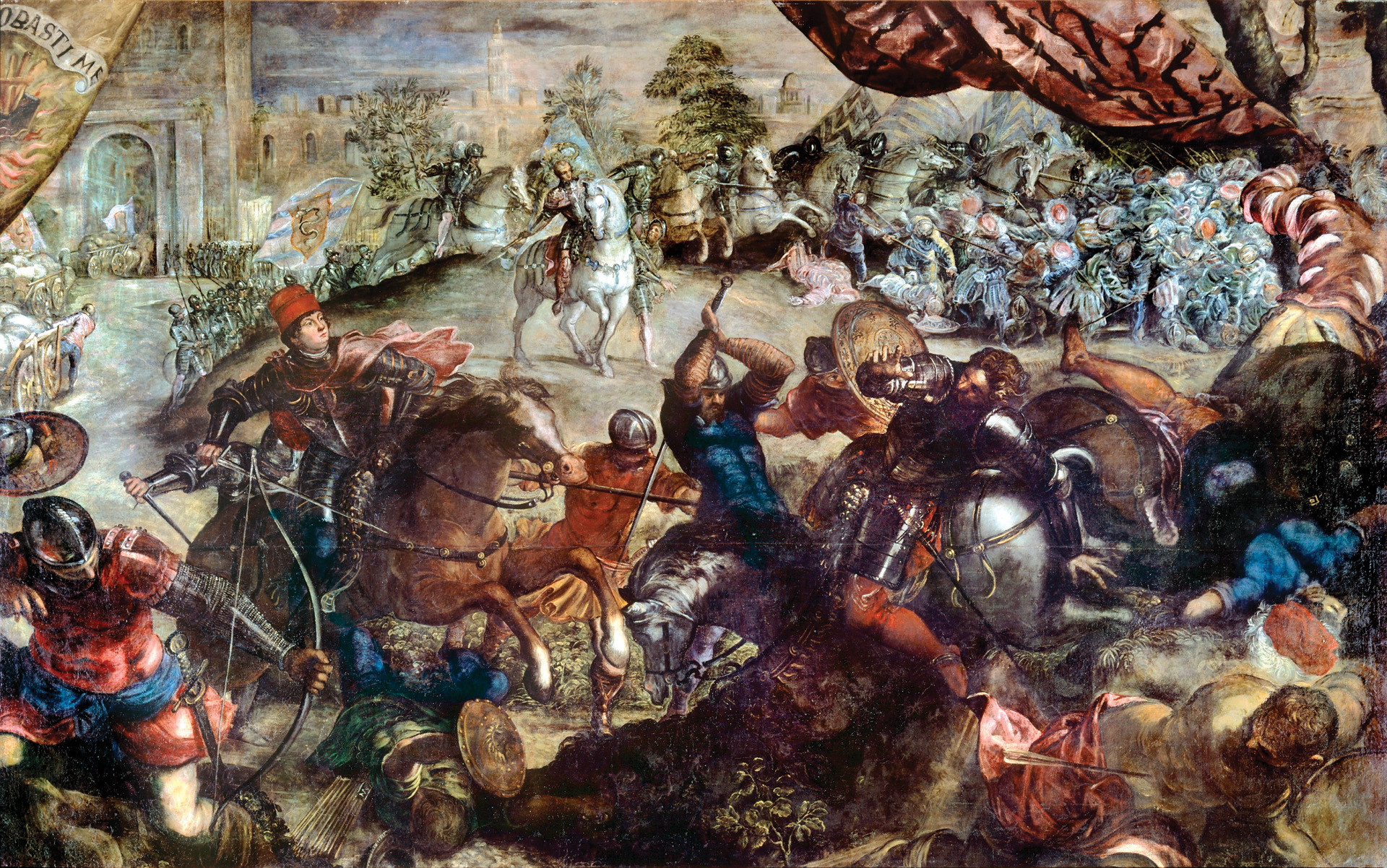
Horses reared and flailed their hooves, fighting against their reins, and no mount would allow itself to be deliberately pushed on the pikes. Some knights probably attempted to push their horses onto the pikes. They did this because they believed that if some of the mounts were impaled on the pikes, they would create a gap in the defense that other knights might be able to exploit. While some horses wheeled off, others stood just short of the wall of pikes, unresponsive to their frustrated master’s spurred commands to move forward.
Yet many of the horses were close enough to be within reach of the thrusting, stabbing pikes. The Lombard pikemen did what they could to wound or kill knightly mounts if the opportunity presented itself. It was during this attack that Frederick’s horse succumbed to a pike wound. As the horse slumped to the ground, it spilled its imperial master into the Lombard soil he coveted so dearly. Frederick’s troubles were compounded by the fact that his standard bearer was killed almost simultaneously.
Banners were important because they identified important leaders and let soldiers know they were alive and well and still in the fight. When Frederick went to the ground, his yellow banner with the black eagle also fell to the ground, where it was spattered with dirt and trampled by horses’ hooves. The imperial banner was found by some Lombard soldiers, who paraded it triumphantly.
The Imperial soldiers suddenly lost heart. It seemed as if Frederick Barbarossa, the half- legendary German emperor, a legend in his own time, was no more. A tremble of uncertainty and fear seemed to course through the Imperial army as the word spread. Timing can be everything in a battle, and so it proved at Legnano. As the Imperial army paused, wondering if Frederick was among the living or with the trampled dead, the Lombard cavalry returned with a vengeance.
It was more by accident than by design, but the sudden appearance of the Lombard cavalry, timed with the disappearance of Frederick, seemed to break Imperial morale. When the Lombard attacked in their flank, the Imperial troops had little choice but to retreat. The retreat soon turned into an utter rout, with the Lombard knights pursuing their beaten foe for eight miles before finally cornering their adversaries.
The Imperial cavalry tried to flee southwest to the Ticino River, first passing Dairago and then Turbigo, but the Lombard knights would not give up the chase. The last phase of the battle was fought at the Ticino, and few of the Imperial troops seem to have escaped death or capture. In the meantime, other Lombard League soldiers were busy looting the imperial camp and baggage. The spoils were immense, including great quantities of gold and silver.
As if to add to the emperor’s humiliation, the Milanese wrote their Bolognese allies that Emperor Frederick’s banner, shield, and lance were now trophies of the alliance. The shield and banner was emblazoned with the black eagle, so there could be no doubts as to who owned their objects. Many prisoners were taken, and some were of exalted rank. Notable captives included Count Berthold of Zahringen, Count Philip of Alsace, and Count Gosvino of Heinsberg, the brother of the Archbishop of Cologne.
But the whereabouts of Emperor Frederick himself was as yet unknown. He was not among the slain, nor was he with the wounded or prisoners. Where was he? For several days it was an enduring mystery that both puzzled and frustrated the Lombard victors.
After his mount was killed and he was thrown to the ground, Frederick lay stunned for a brief time. The Lombard horsemen actually rode over him but failed to recognize him. In the confusion that attended the last minutes of battle, Frederick somehow managed to get back on his feet and hide. He was on foot, wounded, and was attempting to make it to the friendly commune of Pavia. His wife, Empress Beatrice, was there. Pavia would serve as a rallying point for any survivors that escaped the debacle.
Frederick was travelling on foot and alone for three days. We can only speculate where he hid. He might have hidden in a barn or a thicket of woods. Whatever he did, he escaped detection. The emperor eventually stumbled into Pavia in the dead of night, where he found his empress and court already mourning him as dead.
Legnano was a decisive victory that the Italians remember to this day. Frederick’s defeat forced him to come to terms with the Pope. Never again did he try to impose his will on the city-states of northern Italy. Frederick was still their nominal ruler, and they owed him taxes, but he was forced to grant them many concessions in the latter days of his reign. The Lombard League was granted full recognition, and a large measure of autonomy. Frederick’s death did not occur either in Italy or Germany. He would die 14 years after Legnano on his way to the Holy Land during the Third Crusade.
Legnano became a symbol of Italian unification in the 19th century, and an inspiration to resist foreign rule. As a testament to the battle’s importance, the current Italian national anthem states, “From the Alps to Sicily, Legnano is everywhere.
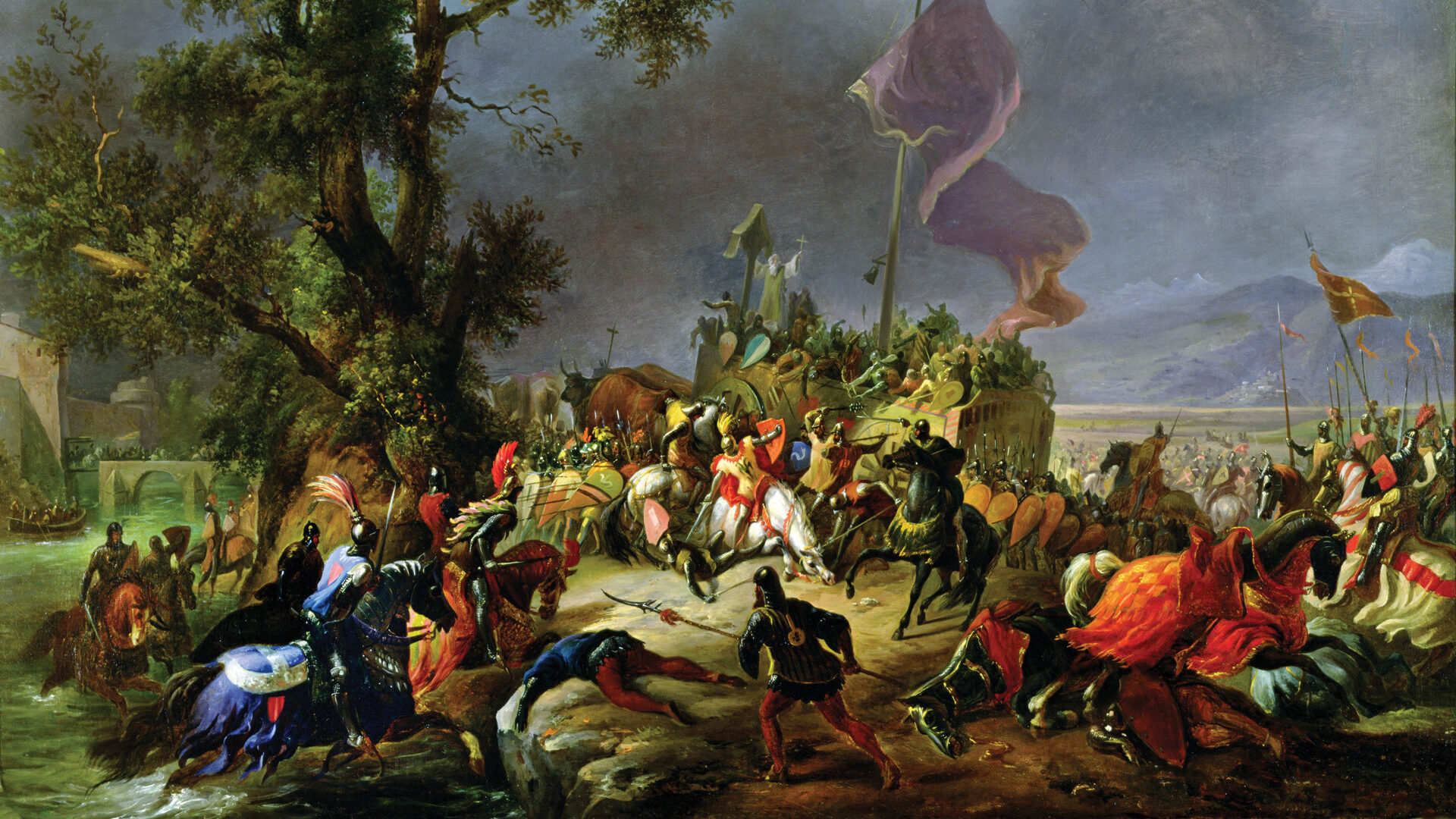
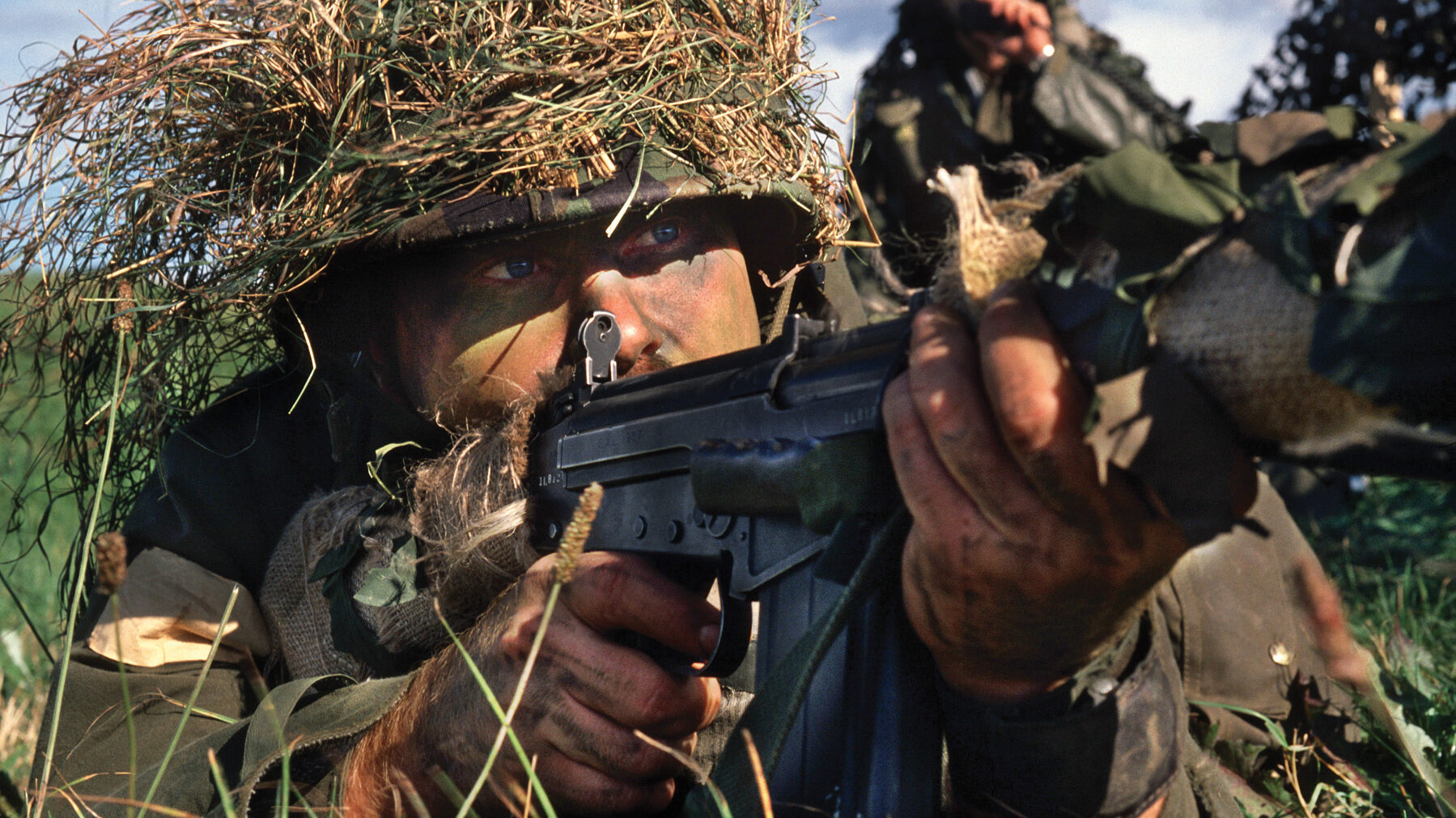
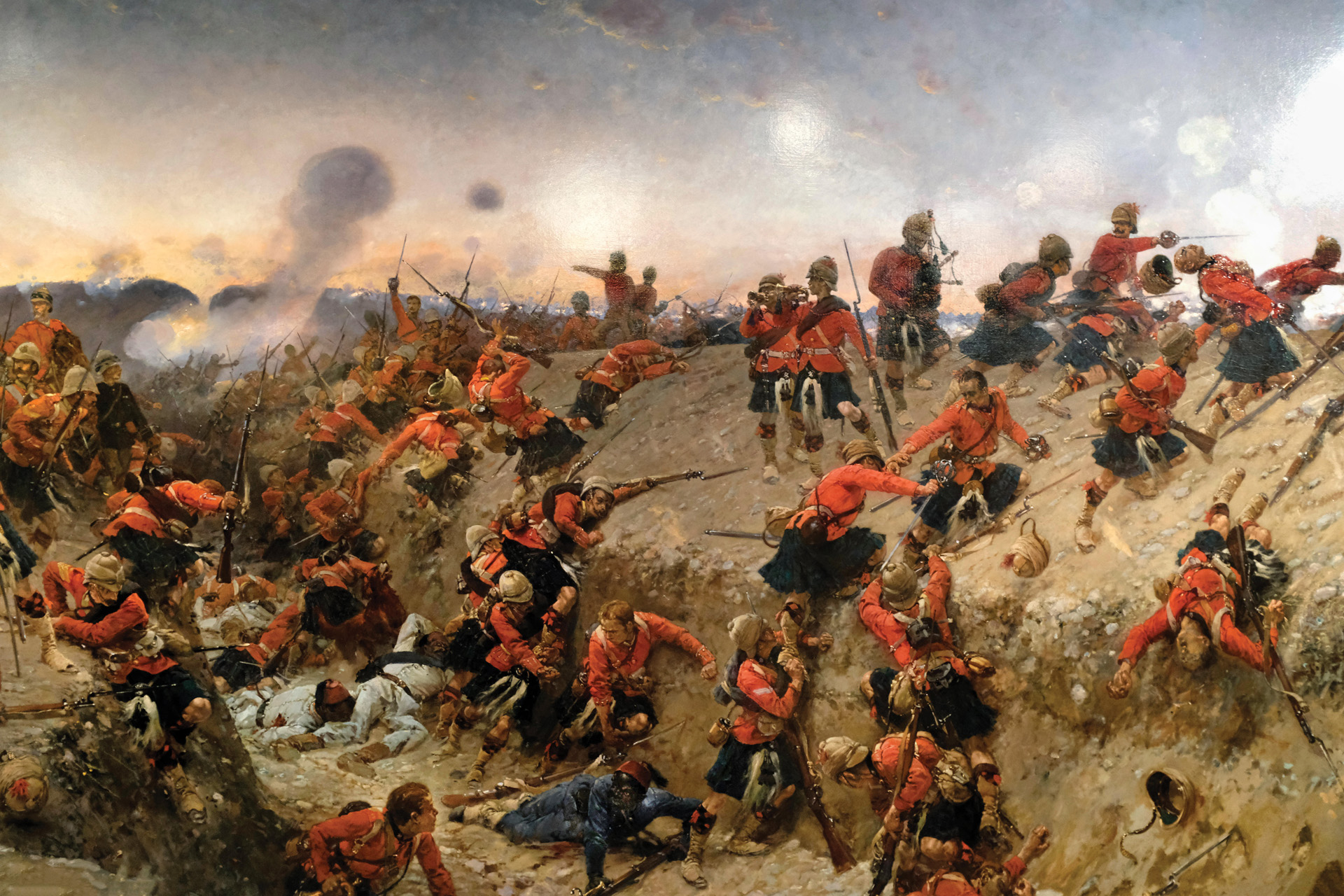
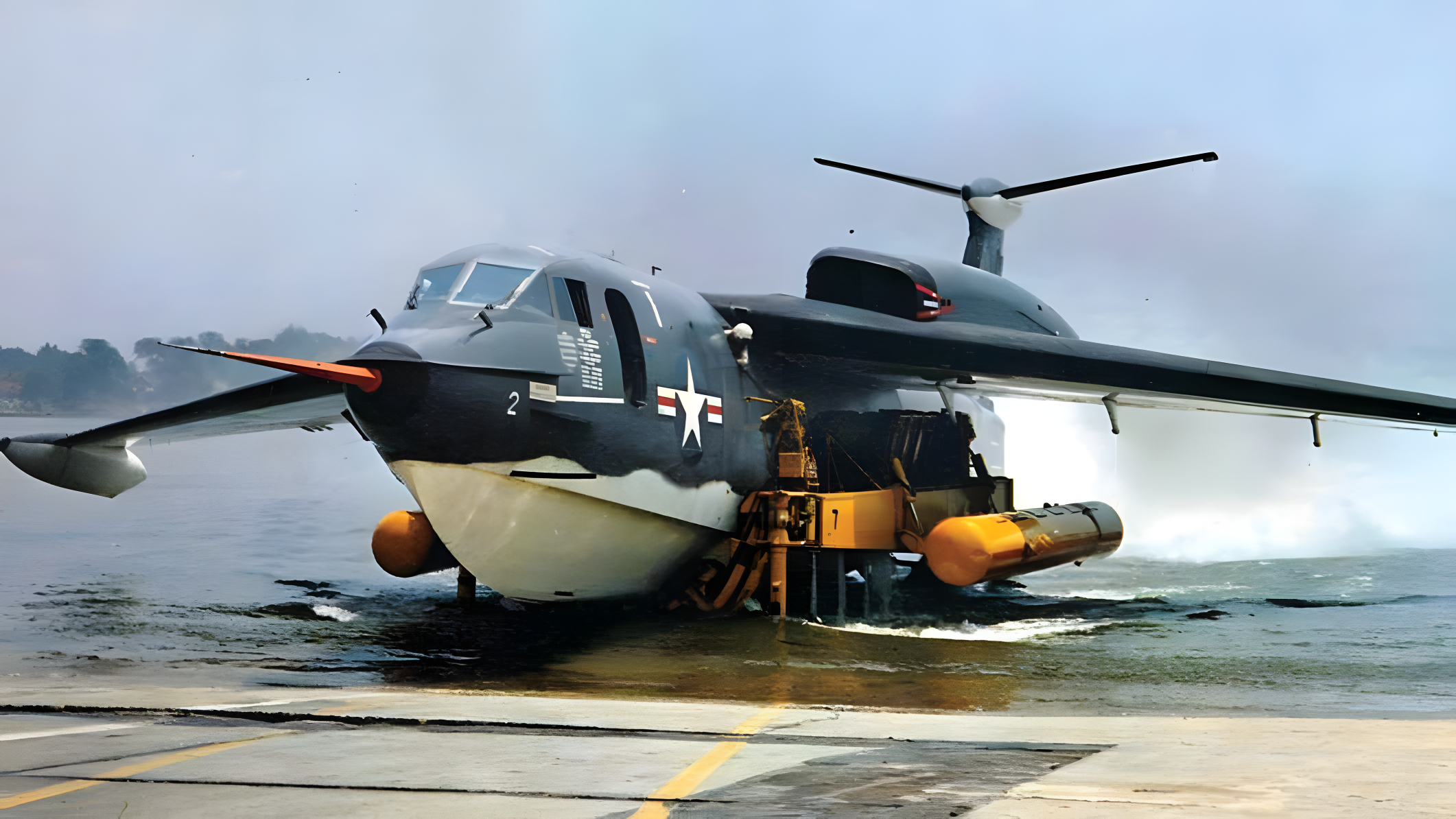
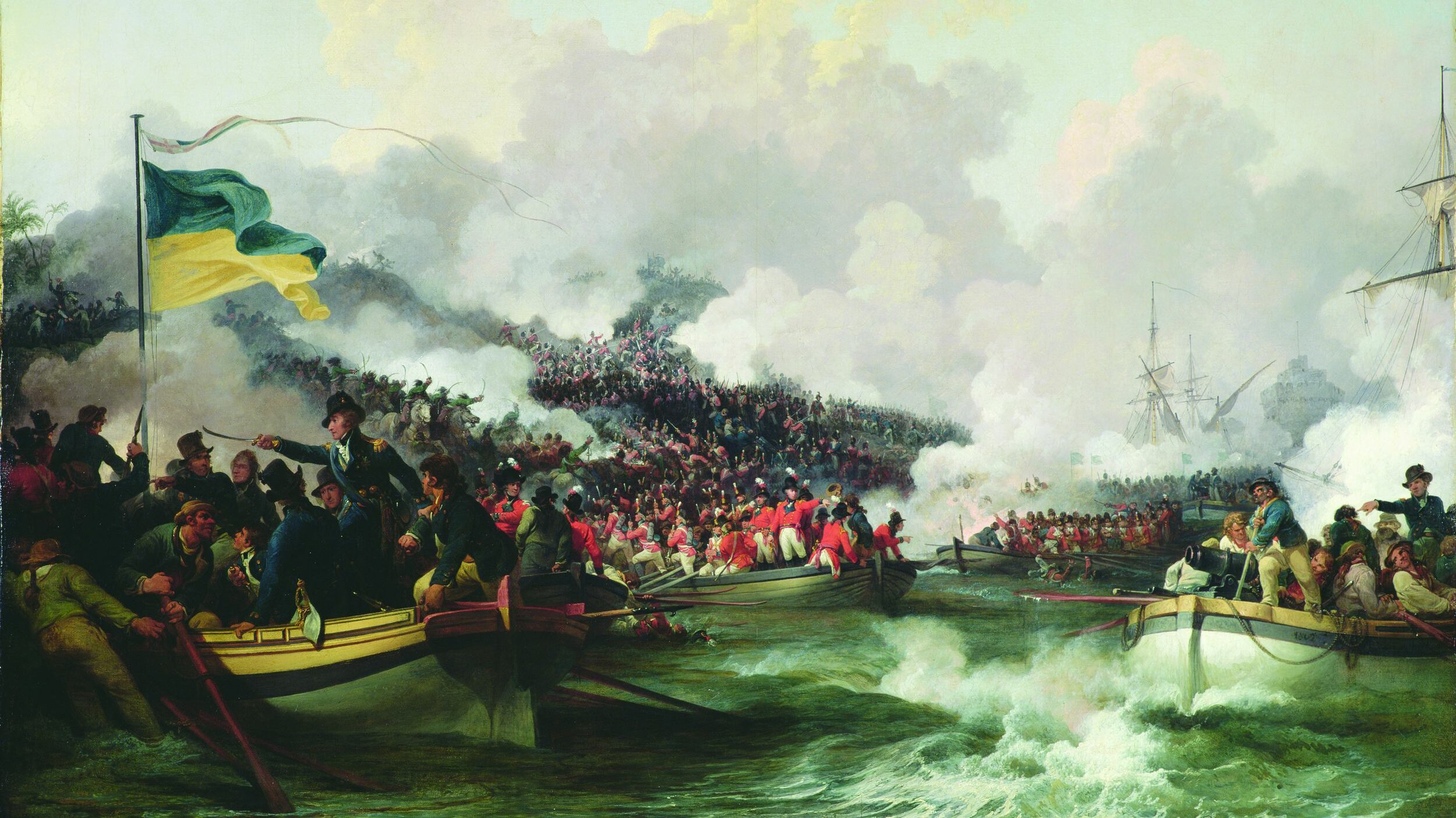
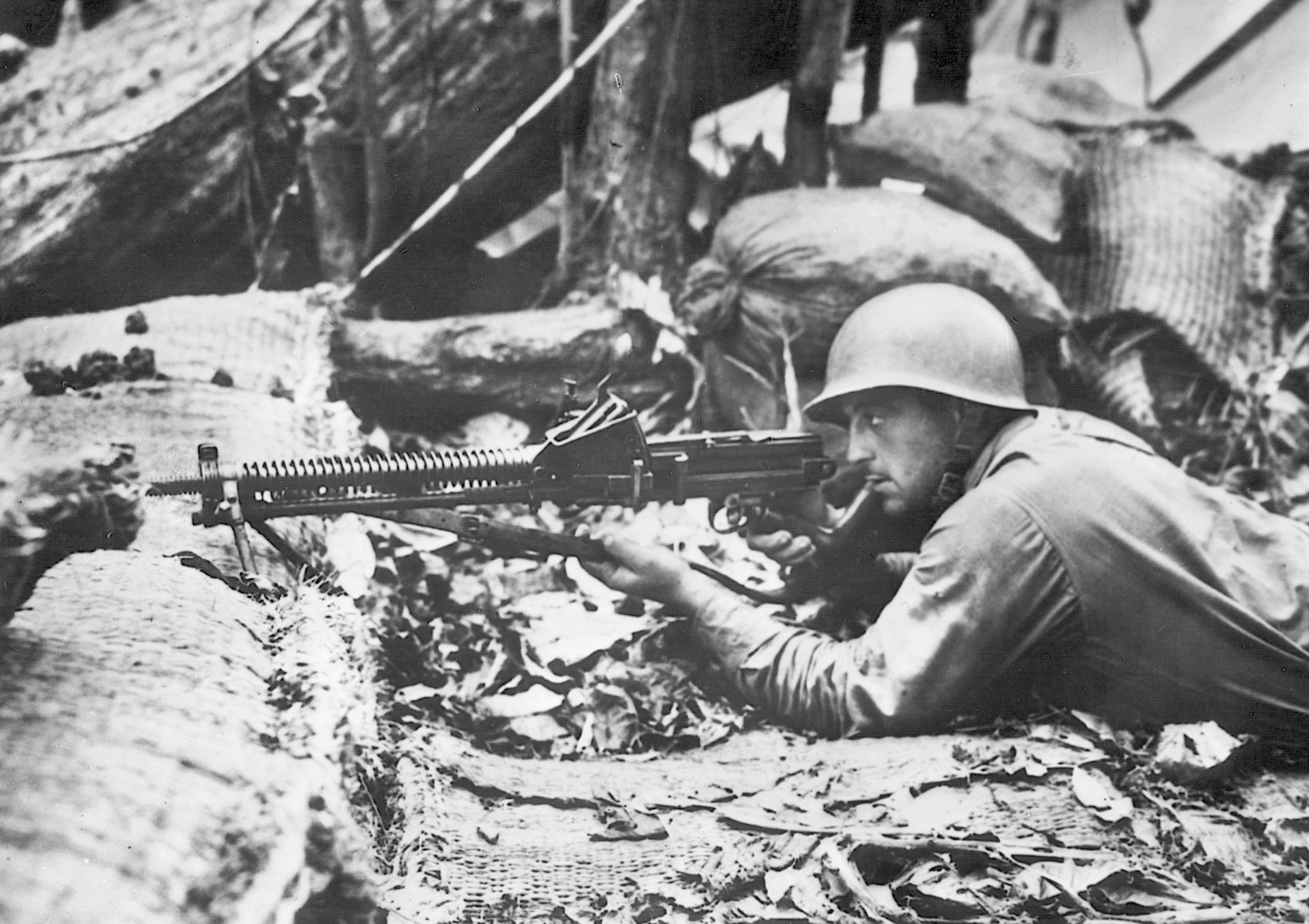
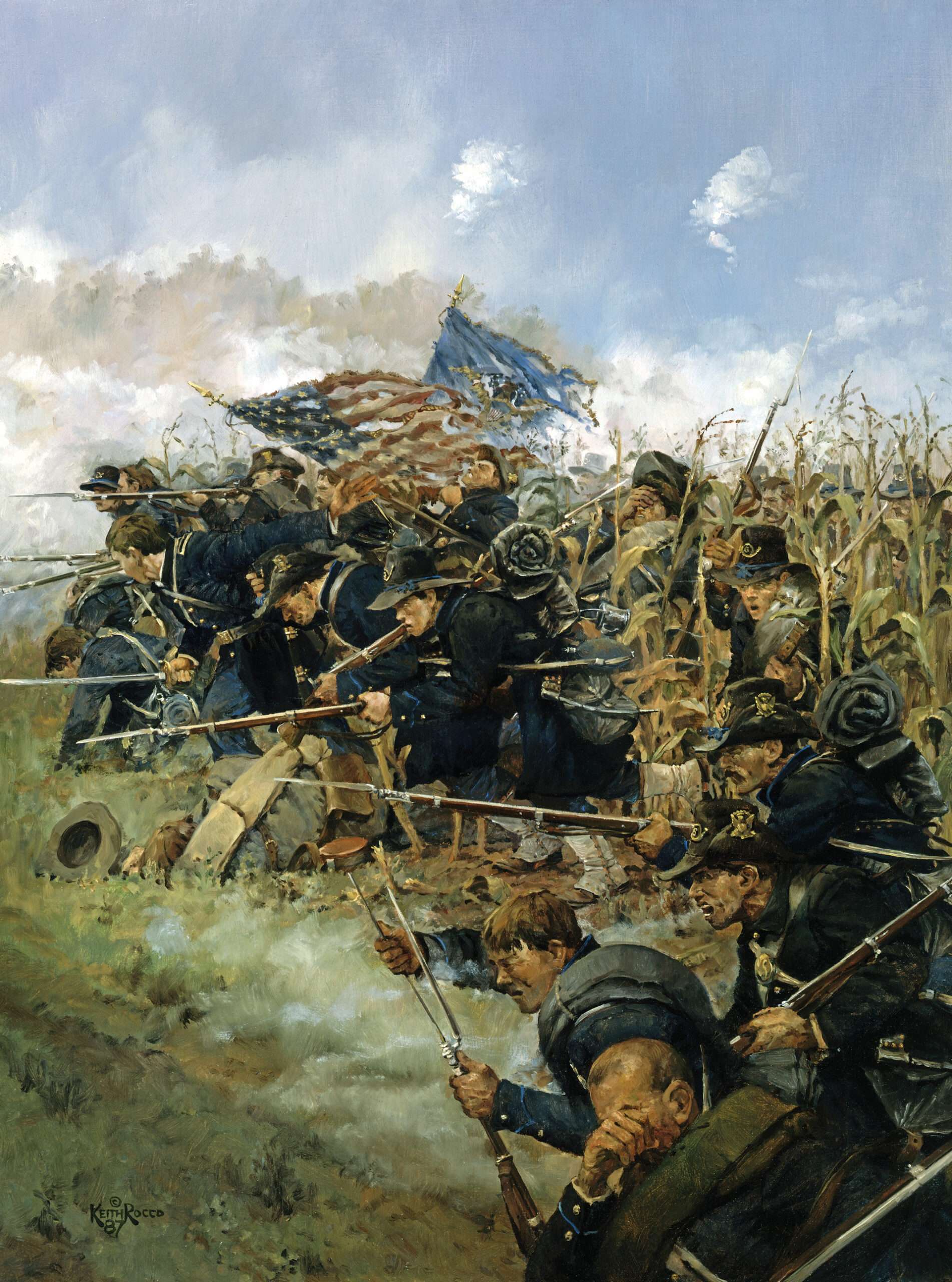
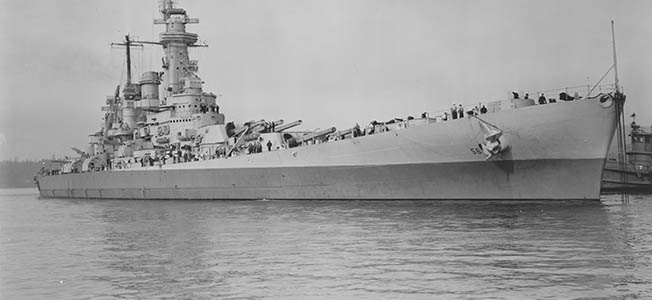
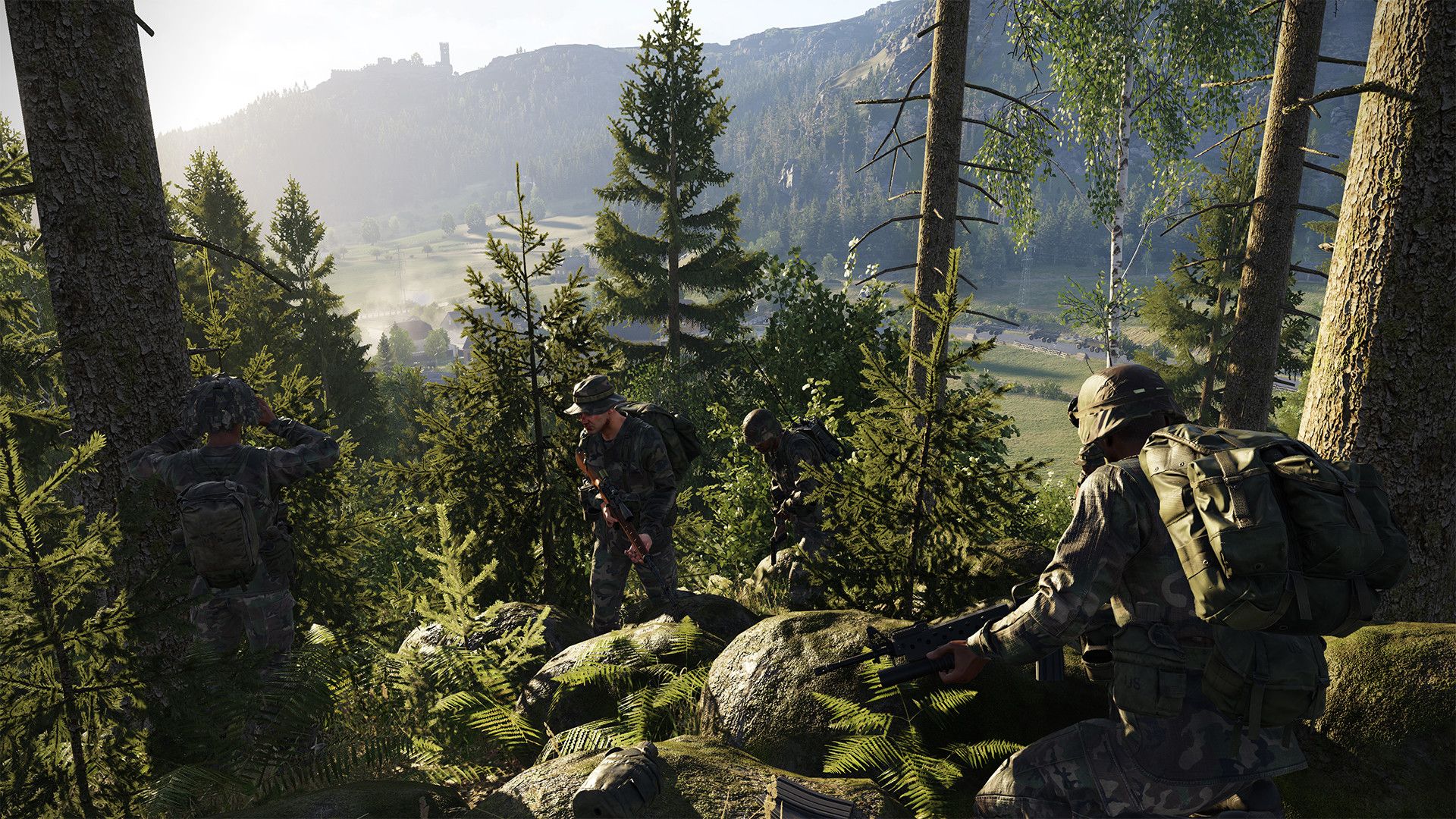
Join The Conversation
Comments
View All Comments